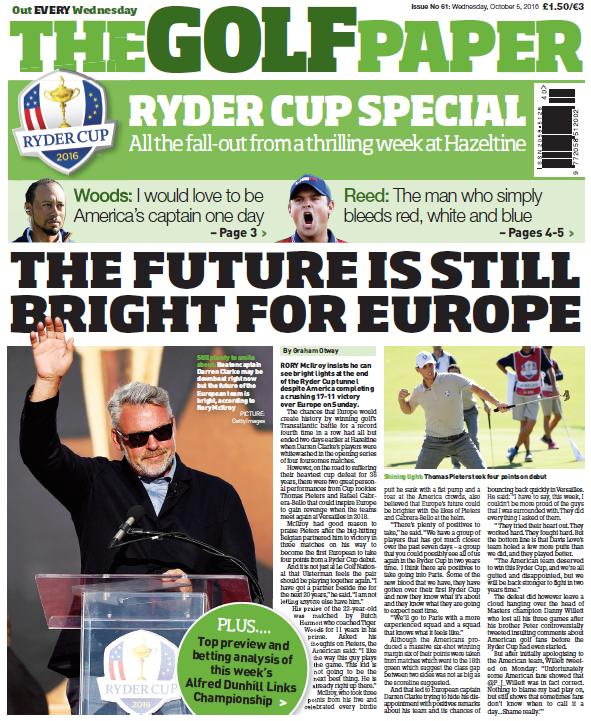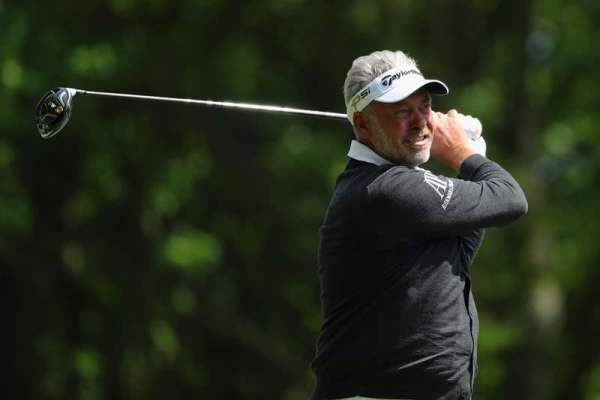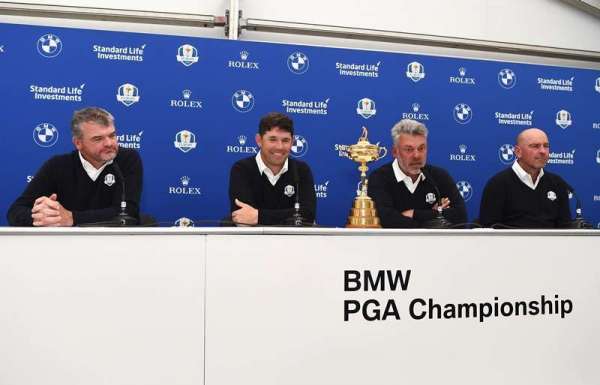In the Golf Paper
It took four years, but Padraig’s in the clear
By Graham Otway
Four years ago the scene in the sumptuous clubhouse of the Abu Dhabi Golf Club beggared belief as Padraig Harrington faced up to the media.
The triple Major winner and doyen of Irish golf had just been put on trial for signing for a wrong score in the first round of the HSBC Championship.
His 65 had put him in second spot on the leaderboard, but he was subsequently disqualified by Europe’s senior Tour referee after being alerted to an infringement by an eagle-eyed TV viewer.
He had rung in to say that on the seventh green the 2007 and 2008 Open champion had failed to replace his ball after moving it a mere fraction of an inch as he picked up his ball marker.
And after reviewing film of the incident in Harrington’s company, Andy McFee had no alternative but to disqualify one of the world’s leading golfers from the tournament for not applying the relevant penalty shot and therefore signing for an incorrect score.
The mood among the media in the press conference was one of sympathy for Harrington, as he joined a list of players who had suffered trial by television. And there was not a suggestion that he had cheated as he provided his explanation of the incident.
“I was aware I hit the ball (with the back of a finger) picking up my coin,” he said. “I looked down and was pretty sure it had just oscillated and had not moved so I continued on.
“In slow motion it’s pretty clear the ball had moved three dimples forward and it came back maybe a dimple and half.
“If I had called a referee over it would have been pointless.”
But there was sympathy too when McFee explained his disqualification reasoning, saying his hands were tied by the
Royal and Ancient’s rule makers when dealing with a player who had signed his card not knowing he had broken the rules.
“We have brought this up on repeated occasions with The R&A,” said McFee. “We (tour officials) did sit down with them and had a full hearing. But as yet it hasn’t gone anywhere. This will help our cause.”
Maybe it did, but because The R&A and USGA only revise golf’s thick rule-book every four years, it has taken what has seemed like an age for McFee’s disquiet over the decision to be acted upon.
But on Monday, as the two ruling bodies finally offered an alternative to disqualification, Harrington, despite being forced to take three unwanted days off in Abu Dhabi, can now be totally exonerated as a man who was hard done by in the desert.
Explaining the change to the rules from the start of next year, David Rickman – The R&A’s head of rules – said: “There were classic examples where players had
committed pretty innocent breaches and we didn’t much like the answer. There still needs to be a deterrent and so an additional two-shot penalty will now be applied to a player’s score over and above the penalty for the breach. But they will no longer be disqualified, so at least it keeps them in the competition.”
Trial by television only occurs in the professional game and the new rule change allowing amateurs to have money they might have won at events to be donated to charity also basically only effects the top end of the game.
But Sunday morning club medallists should nevertheless consider acquiring one of the five million printed copies of the revised rules, which will be printed in 36 different languages, when they are published in the new year.
For another change to be announced on Monday was a review of another rule that was added to the pages in 2012.
That involved a player being automatically penalised a shot if his ball moved after it had been addressed, even if no contact has been made with the club. Four years ago that was altered to discount movement on greens where (on tightly mown grass) a gust of wind could cause a ball to shift feet if not yards.
Now The R&A have revised that sub-phrase, saying it will apply on all areas of the course.
Announcing the decision, Rickman explained: “It is something we have been wrestling with for some time. We went some way to help last time, but it was still complicated and nobody liked that outcome. Now each case can be judged on the facts.
“If the player is seen to cause the ball to move, say by the act of addressing it in the rough, that is still a penalty.
“But if the player addressed the ball and ten seconds later the ball moved, perhaps following a gust of wind, there will now be a different and fairer outcome.”
As in the Harrington case, it would appear now that The R&A and the USGA have seen a lot of sense in two controversial areas.
The pity is that their reviews all take four years to complete, when sometimes being able to make a more instant decision would be the common-sense option.
Tagged Padraig Harrington









